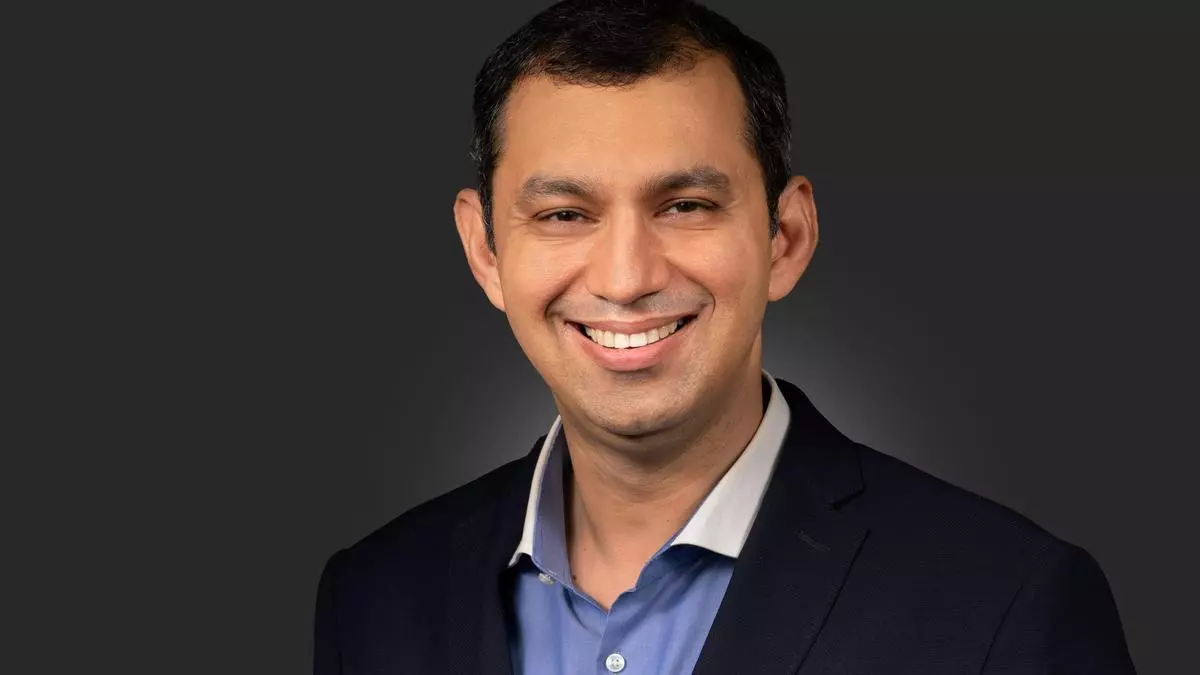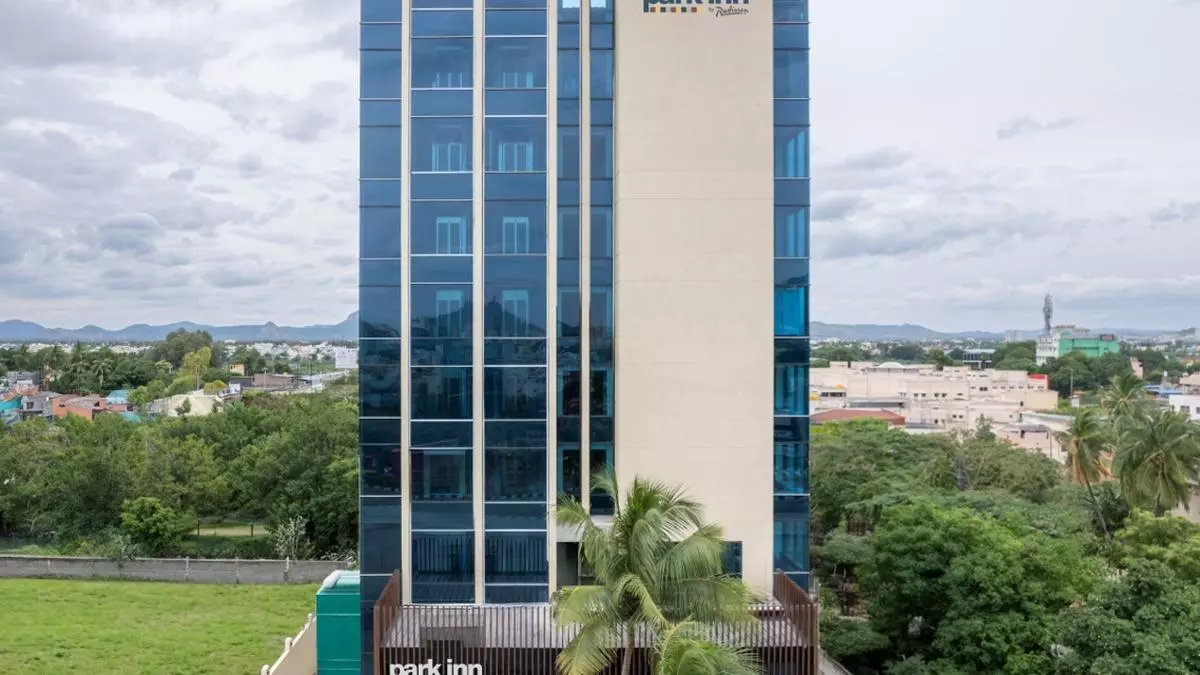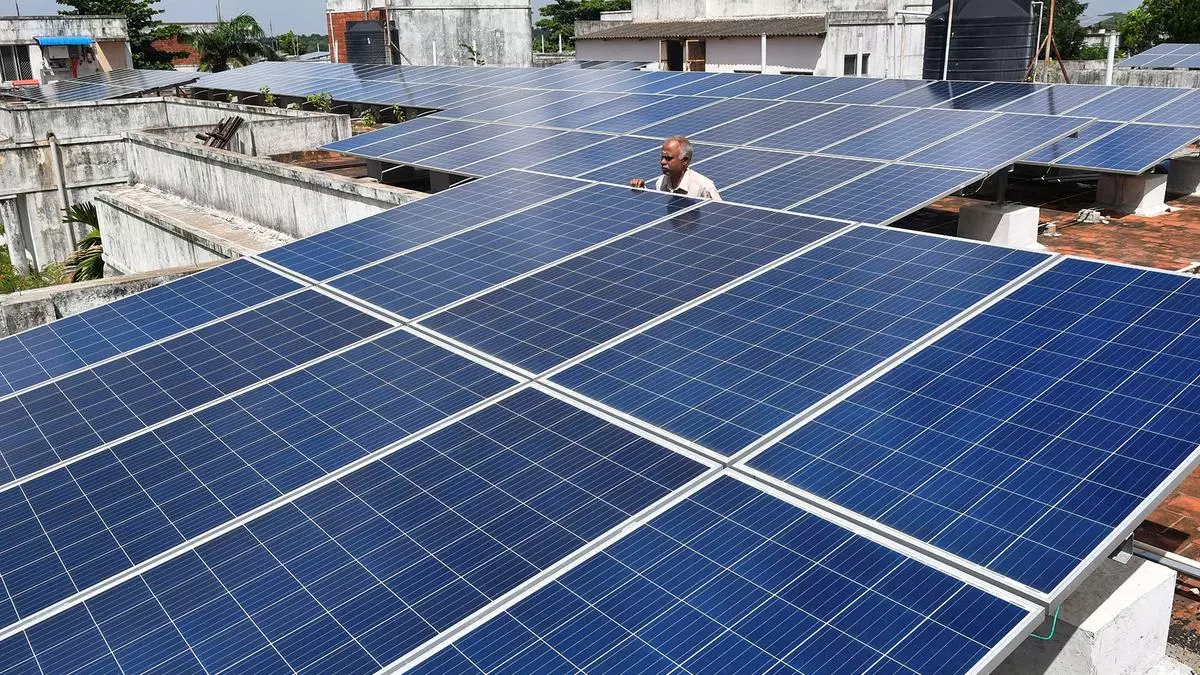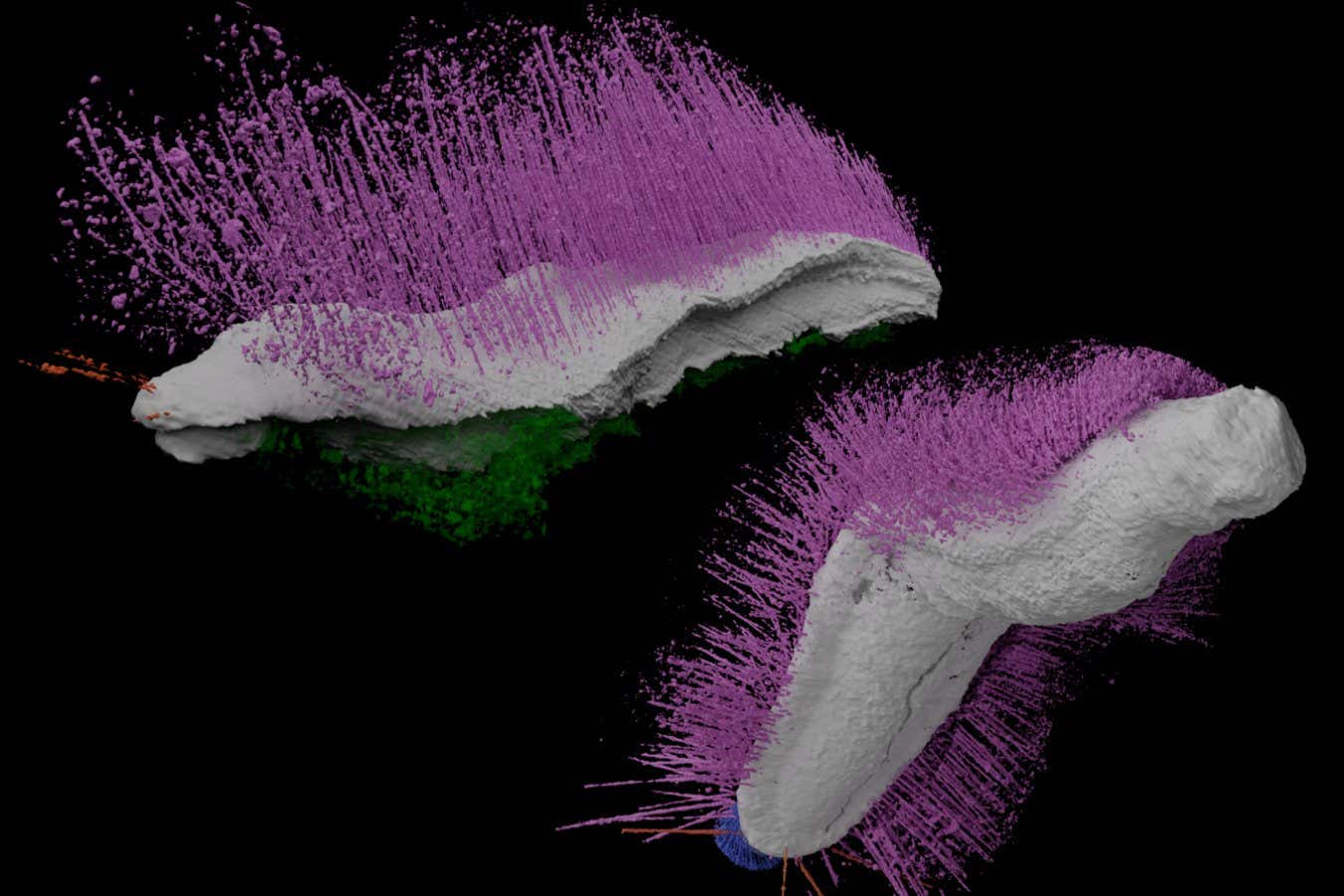3M India, the US-based conglomerate widely recognised for its Post-it notes, has also established itself as a significant player in the mobility sector. Its product portfolio ranges from road reflectors to traffic signages. In India, the company is dedicated to improving road safety and reducing accident rates, as highlighted by Pawan Singh, Executive Director and Country Business Leader for the Transportation and Electronics Business Group at 3M India.
Can you provide an overview of the road-safety scenario in India?
The road safety situation in India is not ideal. Despite efforts from various stakeholders, the number of accidents and fatalities continues to rise. India accounts for around 10 per cent of global road fatalities, with 1,50,000-1,60,000 people losing their lives annually. This is disproportionate, given that we have just 1-1.5 per cent of the global vehicular population.
How many 3M products are currently used on Indian roads?
Presently, over 100 products from 3M are used on Indian roads. These include products for traffic signage , road marking, road furniture, and electronic signages.
Has 3M collaborated with State or the Centre for road-building projects?
3M provides products like reflective sheeting, markers and signages through partners called converters. These converters create the signage and install them on roads. Some of the major projects include Mumbai-Nagpur Highway, the Delhi-Mumbai Expressway, and the Purvanchal Expressway, to State highways; 3M products have played a dominant role.
Are there any collaborations or projects in the pipeline?
Collaborating with stakeholders is part of our business model. At any given time, hundreds of projects are ongoing. These involve working closely with State governments, consultants and regulatory bodies. We maintain a strong presence across all 29 States, ensuring support and collaboration for both large-scale and localised projects.
What challenges do you face in the Indian market compared to international markets?
The primary challenges include limited awareness of road safety standards and the prevalence of the L1 procurement model. In this model, government tenders prioritise the lowest bidder, which can lead to compromises on quality.
While this approach has its advantages, such as cost efficiency, it often hinders the implementation of quality-driven solutions. Over the past two decades, there has been significant progress. Stakeholders are now more informed, asking relevant questions and drafting specifications with a greater focus on quality. Despite these improvements, the two-bid system, which evaluates both technical compliance and cost, remains predominantly cost-focused in 99 per cent of cases.
What are 3M’s long-term goals and vision for the transportation business in India?
3M aligns its vision with the government of India’s target to reduce road fatalities and injuries by 50 per cent by 2030.









Leave a Comment